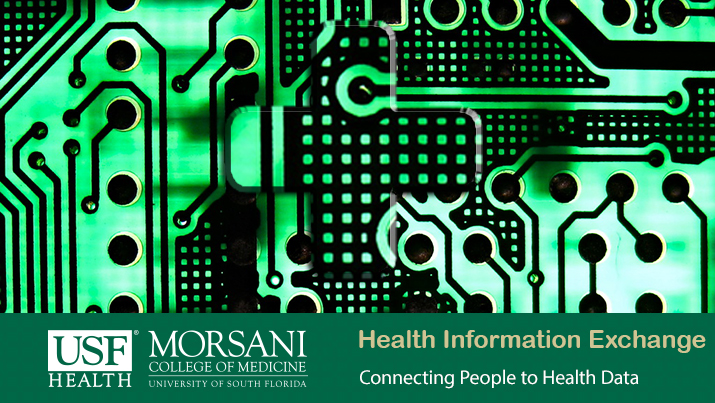Electronic health information exchange (HIE) is improving the quality and efficiency of healthcare by allowing healthcare providers to access and share patient medical information via computer.
Health information exchange isn’t a substitute for direct communication between provider and patient. However, it helps ensure patient’s records are complete because past medical history and test results are reviewed each time a patient re-visits a health provider.
Using HIE to share important patient information helps both patients and physicians make healthcare decisions. The shared information helps prevent mistakes such as medication errors, wrong diagnoses and duplicate testing.
The real value of HIE comes from data standardization practices. Uniform data can be integrated into the user’s electronic health record (EHR), a process which makes a more personalized body of health information. For example, if lab findings are received and added to a provider’s EHR, a list of patients with diabetes can be made. The provider can then determine which patients need immediate care due to symptoms such as consistently high blood sugar. This creates a ranking of urgency for scheduling follow-ups with those patients.
Currently, there are three main forms of Health information exchange:
- Directed Exchange: Sending and receiving protected information between different healthcare providers for patient support
- Query-based Exchange: The ability to allow healthcare providers to search and request information regarding a patient from different healthcare providers
- Consumer Mediated Exchange: Allowing patients to collect and maintain control of their personal health information.
HIE organizes patient care, reducing the occurrence of duplicate treatments since everything is more clearly documented. Some other benefits include:
- Giving healthcare providers a way to improve the quality and safety of patient care as fewer and fewer mistakes are made.
- Creating a feedback loop between health-related research and health practice, making things clearer for patients and providers alike.
Electronic health information systems help reduce the number of errors by keeping everyone involved in a patient’s care. The key is that everyone has access to the same health information, so they can collaborate and do what’s best for the patient. HIE streamlines healthcare by enabling automatic appointment reminders or follow-up instructions to be sent directly to patients, and the prescriptions they need get sent directly to pharmacies. HIE focuses on spending less time sifting through paperwork and more time allowing patients to have discussions with their healthcare providers about their health and the treatments they need.




